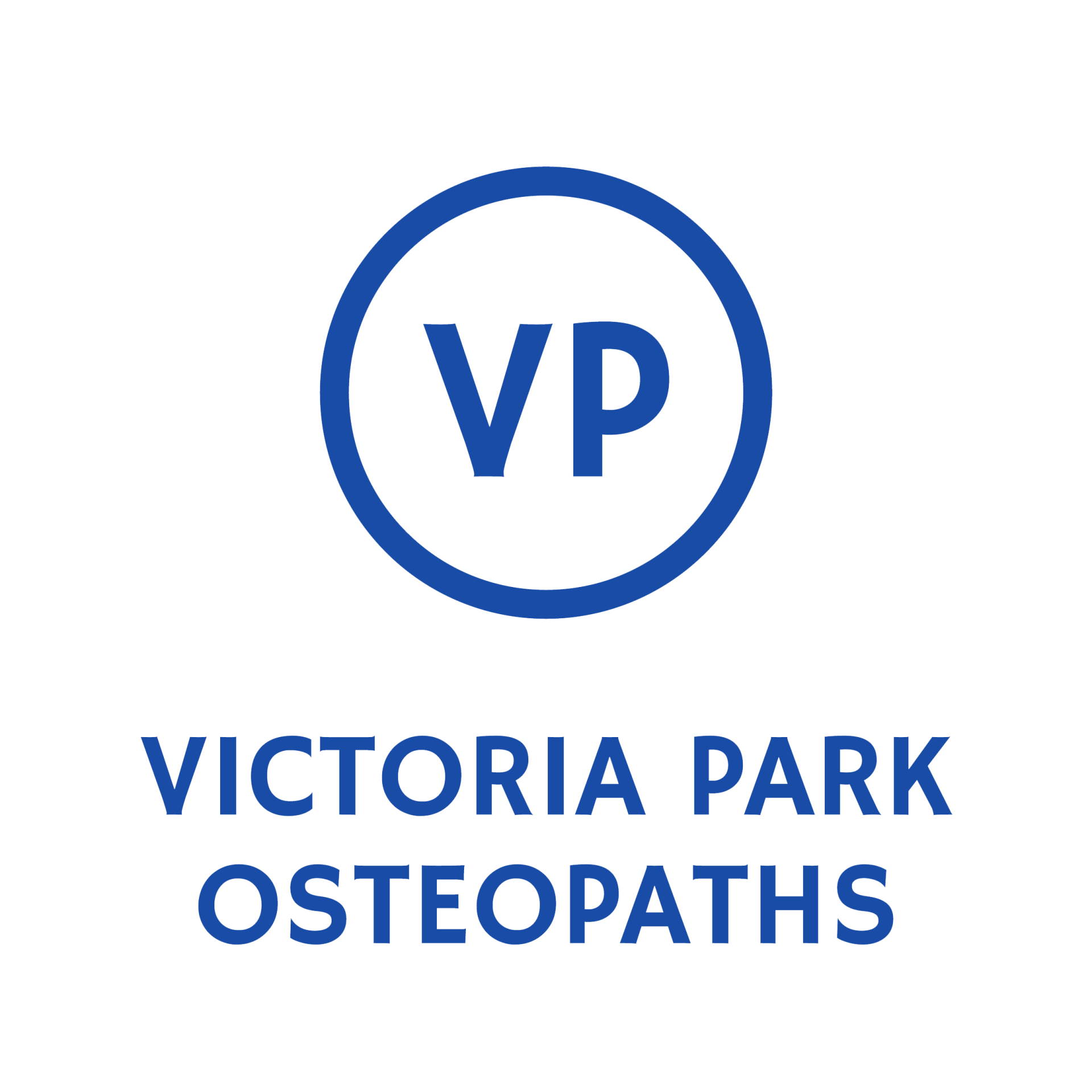What is TMJ Pain (Jaw Dysfunction)?
TMJ pain refers to discomfort or dysfunction of the temporomandibular joint — the hinge that connects your jaw to the skull. This joint allows you to talk, chew, yawn and express emotion. When the joint or surrounding muscles become irritated or imbalanced, it can lead to pain, clicking, stiffness, or restricted movement.
TMJ disorders (often called TMD) can affect one or both sides of the jaw and may be linked with neck, head, or facial tension.
Symptoms & What You May Experience
Common symptoms include:
- Jaw pain or aching around the ear, cheek, or temple
- Clicking, popping, or grinding when opening or closing the mouth
- Restricted jaw movement or locking
- Pain when chewing, yawning, or talking
- Headaches (especially around the temples or behind the eyes)
- Neck and upper back tension
- Earache, tinnitus, or a feeling of fullness in the ear
- Facial tightness or clenching
- In some cases, tooth grinding (bruxism)
Symptoms may come and go or worsen with stress, certain habits, or specific movements.
What causes TMJ Pain (Jaw Dysfunction)?
TMJ pain can develop from one or several contributing factors:
- Jaw clenching or teeth grinding (often stress-related)
- Misalignment of the jaw or bite
- Muscle tension in the face, neck, or shoulders
- Trauma (e.g. dental work, impact injury)
- Poor posture, especially forward head posture
- Arthritis or joint degeneration
- Habitual chewing on one side
- Stress or anxiety leading to muscle guarding
In many cases, muscle tension, biomechanics and emotional well being play a bigger role than the joint itself.
How We Help (At Victoria Park Osteopaths)
We take a whole-body approach, recognising the close links between the jaw, neck, head, and posture. Treatment may include:
- Soft tissue release: for jaw, facial, neck, and shoulder muscles
- Gentle joint mobilisation: to improve TMJ alignment and reduce restriction
- Neck and upper back treatment: addressing postural strain and muscular imbalances
- Treatment on the cranial bones that surround the jaw
- Postural and ergonomic advice: for work, sleep, and daily habits
- Rehabilitation exercises: to retrain jaw movement and reduce tension
- Relaxation strategies & stress management advice
- Adjunctive techniques: such as dry needling or acupuncture where helpful
We may also advise liaising with your dentist if night splints or bite assessment are needed.
Recovery Time & What to Expect
- Many TMJ issues improve within a few weeks to a few months with the right care
- Earlier intervention often leads to better outcomes
- Ongoing habits (e.g. clenching, posture) need addressing to prevent recurrence
- A combination of manual therapy, exercises, and lifestyle changes usually gives the best results
When to Seek Medical Review / Red Flags
You should seek further assessment if you notice:
- Persistent jaw locking (open or closed)
- Inability to open the mouth normally
- Unexplained swelling, fever, or facial redness
- Sudden change in bite or jaw alignment
- Severe, unrelenting pain
- Recent significant trauma to the face or jaw


